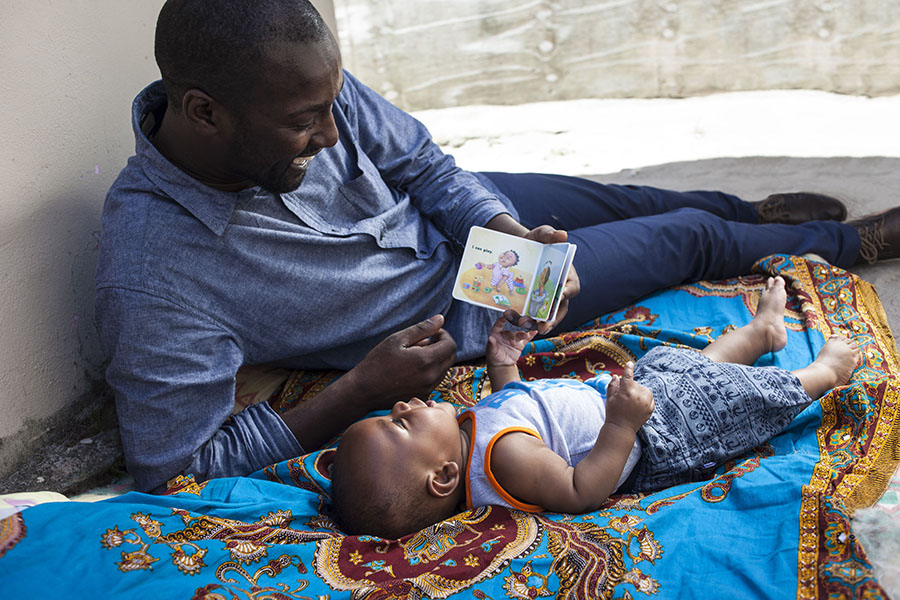Teaching your children to read and to love reading is a valuable investment in their education. This series of family-literacy articles is provided by the Nal’ibali reading-for-enjoyment campaign to support caregivers during and after the national lockdown.

Telling stories is rewarding and fun! It allows children to experience the spoken word, instilling in them great communication skills and a love of reading. It also a wonderfully relaxed and enjoyable way for caregivers and children to bond and get to know each other.
If you grew up with adults who told you stories, then you might remember the thrill of being completely swept up in a story, imagining what would happen next, and letting your mind run wild with imagination. If you didn’t, the good news is that telling stories with your children is easier than you think. The only requirement is a real interest in their well-being, development and happiness! If you would like to give storytelling a try, why not follow some of these useful tips:
Getting started
It is always easiest to start telling the stories you know well. These could be the stories that were told to you as a child, or ones that you have enjoyed reading or hearing over the years.
Think about your listeners
Choose a story that will interest your listeners and be appropriate for their ages. For example, you wouldn’t tell a ghost story to three-year olds, but teenagers might enjoy it! Young children love stories about themselves and about you when you were young, especially ones that are funny or about you being naughty! Feel free to embellish – never let the whole truth get in the way of a good story!
Paint a picture
Help to create a sense of wonder and pictures in the minds of your listeners by using:
- interesting and expressive words
- questions that invite your listeners to join in, for example, ‘And what do you think happened next?’
- gestures, for example, reaching up to show how tall a tree or giant is
- facial expressions, like smiling to show how happy a character was
- expression in your voice: you can give different characters, different voices such as a soft, squeaky voice for a mouse and a big, booming voice for a giant.
- eye contact with your listeners – don’t be shy, look them in the eye!
Practise
If you are telling a story to a group, practise in advance. The best place to practice is in front of a mirror.
Fresh and interesting
Keep storytelling exciting for yourself by finding new stories to tell - look in books or online. You can also translate and adapt stories that may only be available in one language.
For more information about the Nal’ibali campaign, or to access children’s stories in a range of South African languages, visit https://nalibali.org/. You can also sign up for free reading-for-enjoyment training though Nal’ibali’s FUNda Sonke loyalty programme at https://nalibali.mobi/.
First published on Parent24.com
